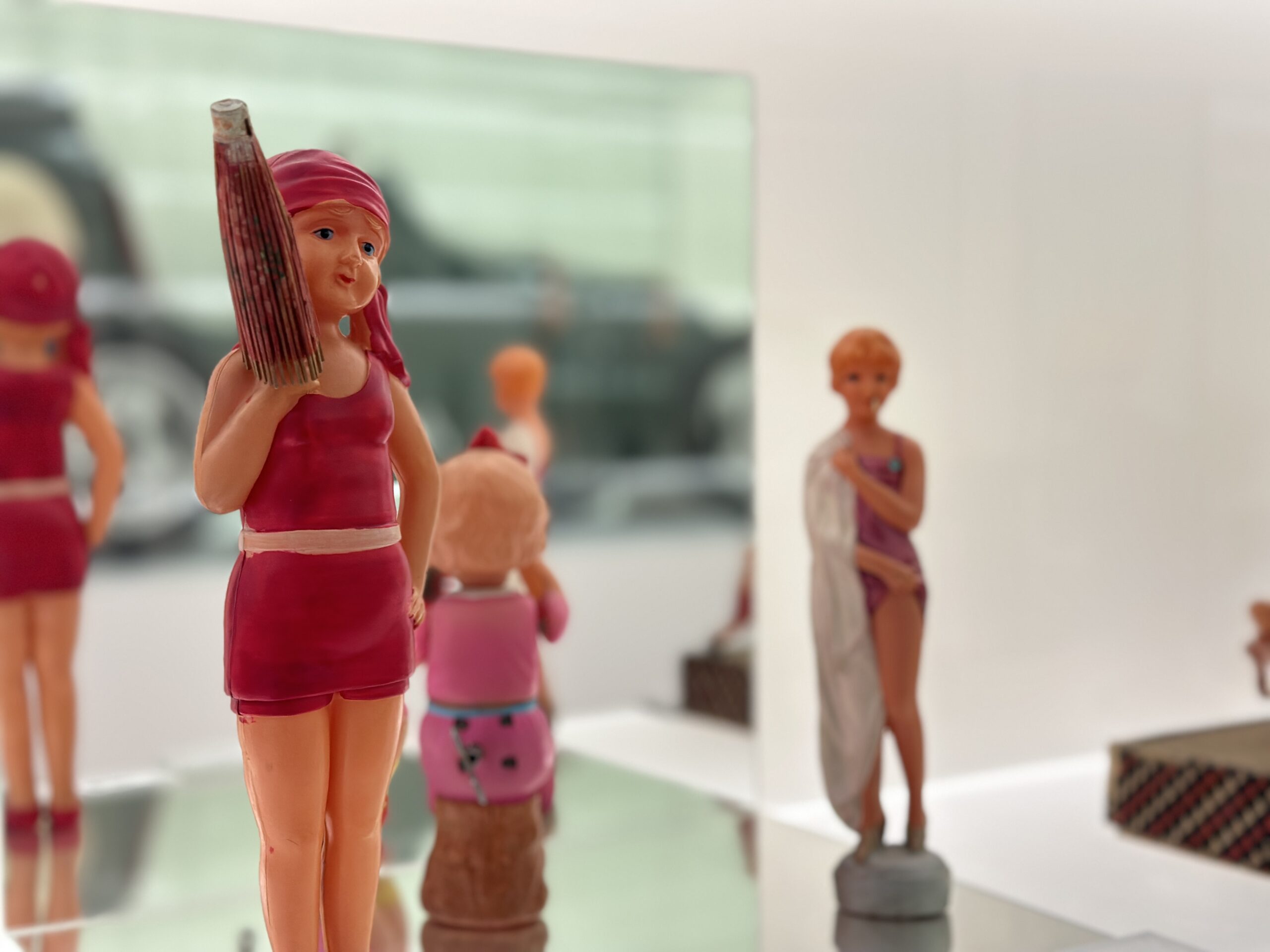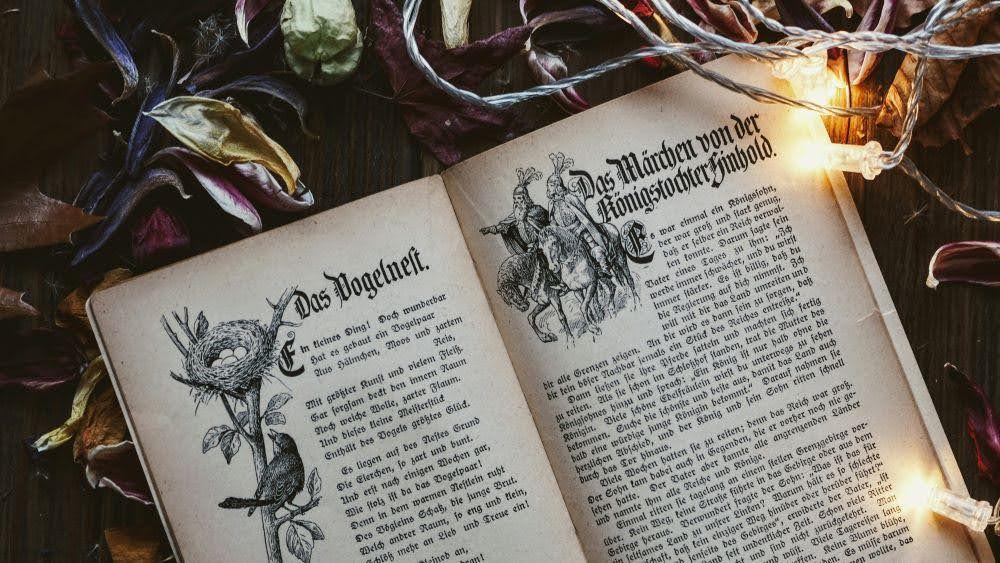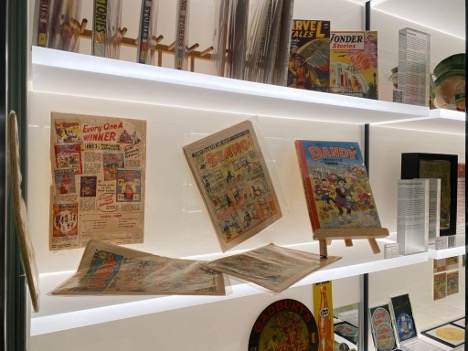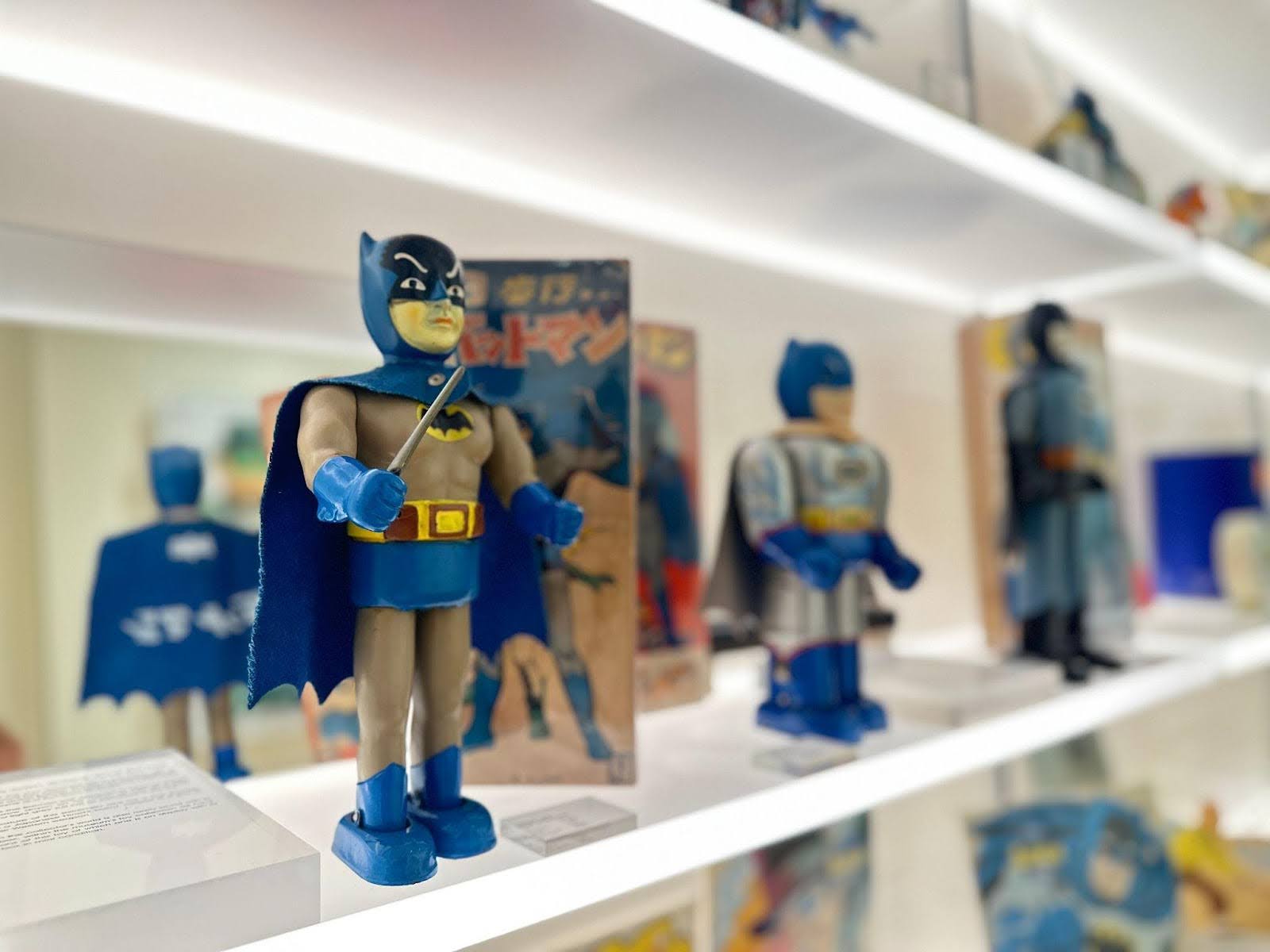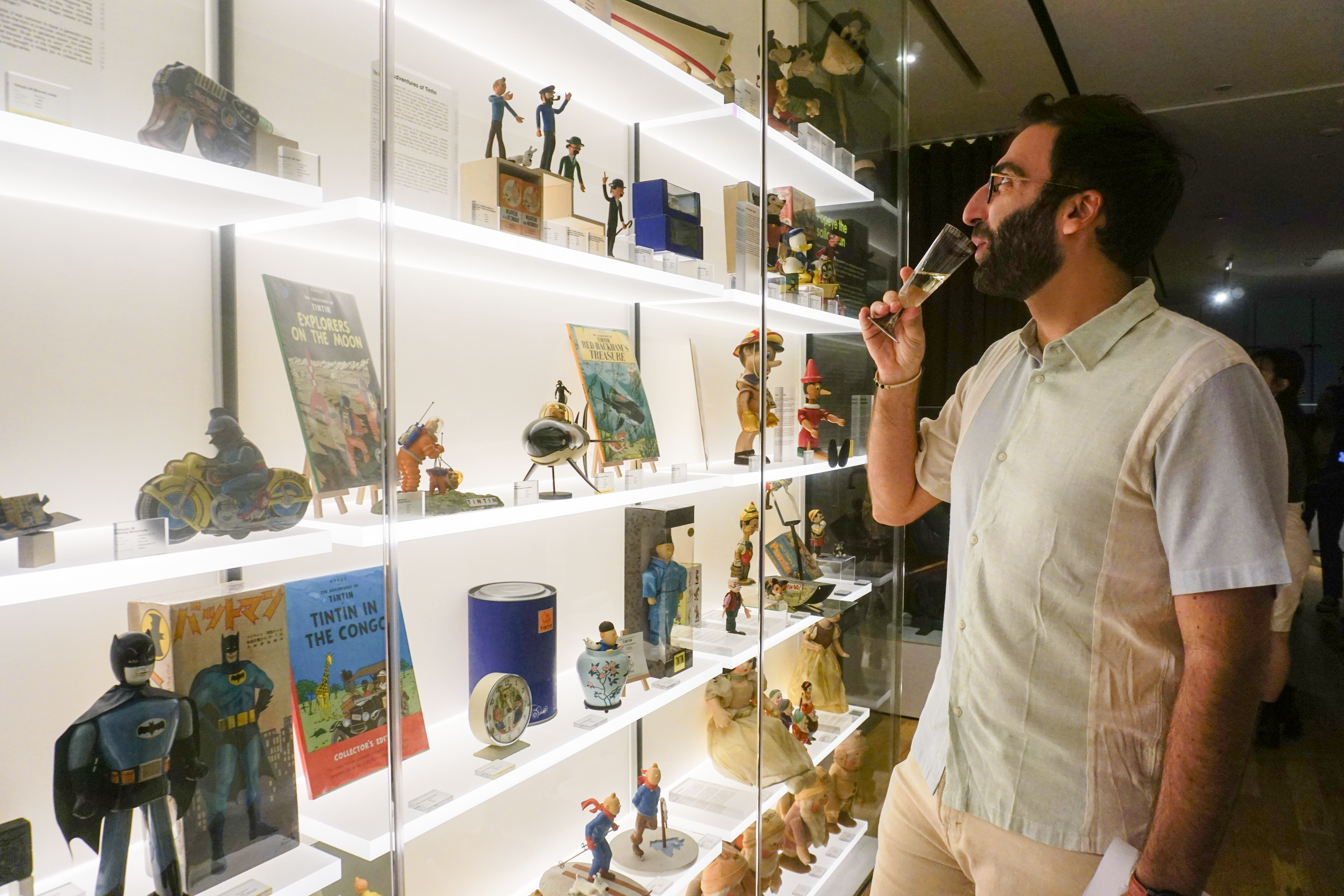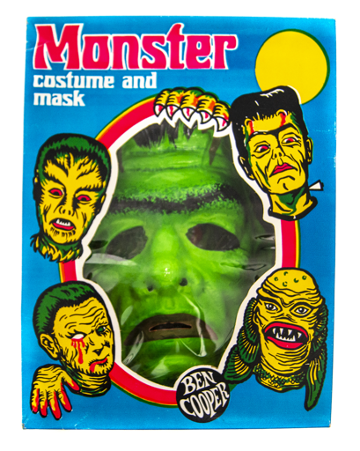The Erzgebirge region is located in the Ore Mountain region of Saxony, and is famous worldwide for its nutcrackers and other wooden toys depicting idyllic scenes of traditional German village life.
Find out how this famous toymaking tradition got started, and visit Singapore’s MINT Museum of Toys to view even more history through the lens of vintage toys and collectibles.
Changing Trades to a New, Emerging Industry
The Erzgebirge region originally thrived on silver and tin mining though local miners eventually switched to woodcarving due to the abundance of lumber in the area. This gradually gave rise to the rich regional wooden toymaking tradition it is known for today.
Despite the region’s deep roots in the mining industry, working as a miner was a difficult, demanding, and sometimes deadly job. For over 800 years up till the late 1700s, mining was the primary industry keeping the region alive. Many miners gained incredible craftsmanship skills at work and transferred those into making wooden carvings during their leisure time.
However, as work in the mines dried up in the late 1700s, many turned to their leisure hobby as an alternative source of income. Erzgebirge wooden products were originally focused on utensils, small toys, crockery, and decorations. Despite this, earnings were not high due to the seclusion of the village with few peddlers moving across the region, and a lack of access to larger more cosmopolitan towns.
Peddlers who bought Erzgebirge wooden toys and implements would resell them in larger city centres including Leipzig and Nuremberg, bringing more attention to the region.
As the industry developed, innovations enabled local woodcarvers to expand their operations into family-run production lines as well as create more detailed and sophisticated designs. Many woodcarvers eventually made the shift to toymaking, with Erzgebirge becoming known as the “Seifferner Toy Corner” of Germany.
View more historical and vintage toys at the MINT Museum of Toys. Sign up for a museum membership today to keep up-to-date with the latest news and developments!
Erzgebirge Toys Today
Erzebirge toys have a distinct look that makes them recognisable to collectors and enthusiasts today. Some notable characteristics include:
- Round heads and hands
- Pedestals for figurines to stand and pose on
- Depictions of ‘everyday’ people rather than authority figures (e.g. kings, clergy)
Toys and other folk art from the region usually revolve around common themes as well including village life, the Christian faith, and experiences in the mine. Traditional ideas of a “German Christmas” frequently use Erzgebirge iconography, with one of the most famous toys to emerge being the Nutcracker.
Another famous toy type from the region is the incense smoker. These toys would come in two pieces, with a space for an incense cone in the lower part of the body. As the incense burned, smoke would rise out of the open mouth of the figure – giving it the appearance of a “Smoking Man”. Designs vary greatly today, but popular traditional designs include Santa Claus, bakers, miners, and snowmen.

Maker: Unknown
Year of Make: 1850
Material: Wood
Country of Origin: Germany
Erzgebirge woodcarvers also produced toys atypical of its time, relying on hidden mechanisms that elevated them above normal wooden figurines. The Chinesische Treppenläufer (Chinese Stairs, pictured here) use liquid mercury to enable the toy to move without an electric motor. When mercury flows to the bottom of the rod, the toy’s centre of gravity changes and the figures appear to ‘climb’ the stairs.
The figures are dressed in gold-embroidered “Chinese” costumes and the stairs bear an Oriental pattern. At the time this toy was made, trade between Europe and the Far East was beginning to increase and many Europeans were fascinated by Far Eastern cultures, designs, and philosophies. This obsession led to the emergence of Chinoiserie, a European interpretation and imitation of East Asian artistic traditions using motifs such as pagodas, materials such as porcelain, and even habits such as tea-drinking. As part of our Collectables collection, this vintage toy is an excellent representation of the cultural mores and trends of its time.
Over the years, the development of Erzgebirge toys has reflected the particular changes of the specific region, as well as broader trends in Europe and around the world. Toys (especially traditional wooden toys such as these that are not as common today) can reflect, capture, and even respond to historical touchpoints and cultural changes. If you are keen to discover even more traditional and unique toys, you may also book our Virtual Museum Tours to get a sneak peek and understanding of the collection before booking an in-person visit.



